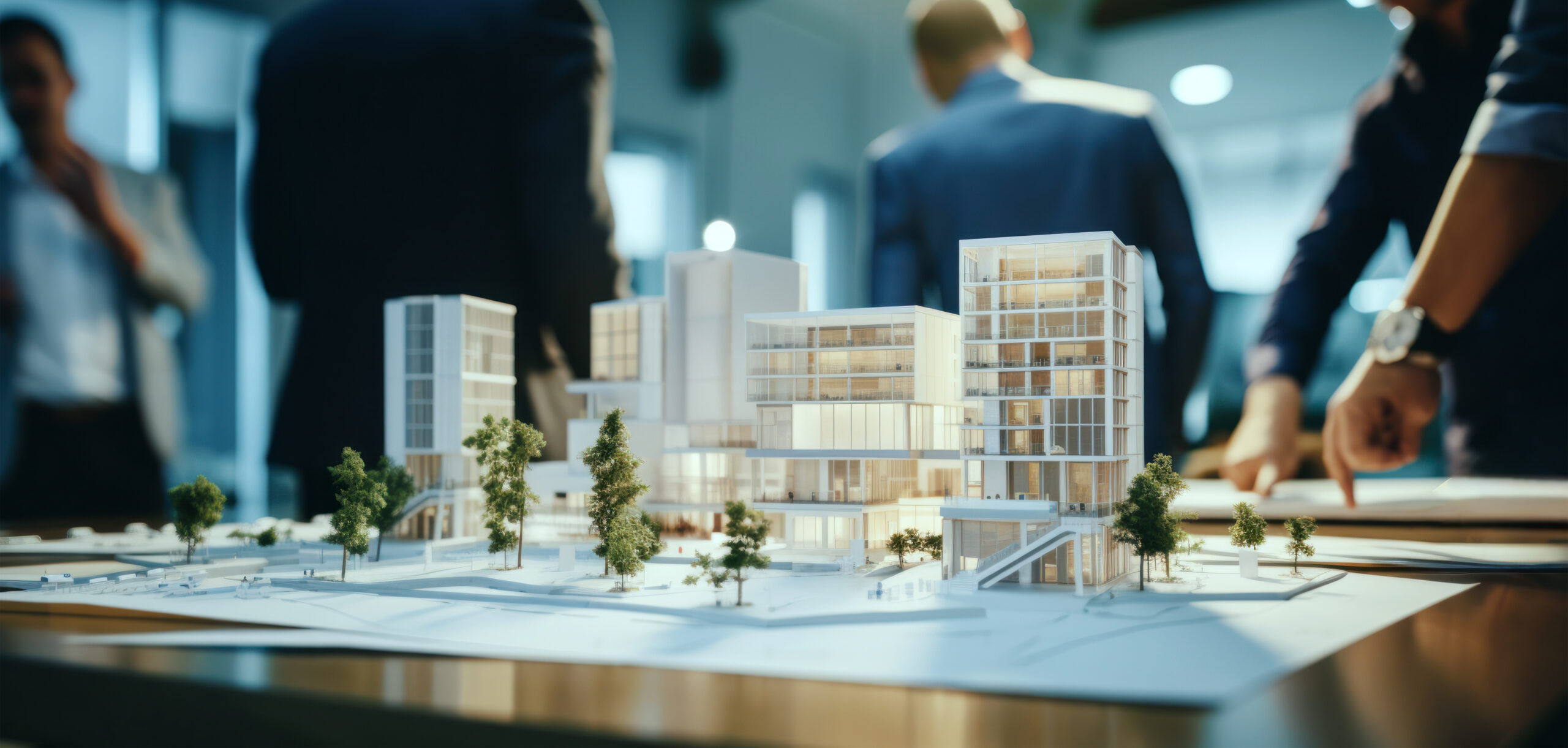Commercial real estate development is a dynamic and complex field that involves navigating numerous challenges and seizing various opportunities. Developers must balance market demands, regulatory requirements, and financial constraints while staying ahead of industry trends. Here, we explore the primary challenges faced in commercial real estate development and the opportunities that savvy developers can capitalize on to achieve success.
Challenges in Commercial Real Estate Development
Regulatory Hurdles
- Zoning Laws and Permits: Navigating the maze of zoning laws, building codes, and permit requirements can be daunting. Each municipality has its own set of rules, which can delay projects and increase costs.
- Environmental Regulations: Compliance with environmental regulations, such as those related to land use, pollution control, and sustainability, requires significant time and resources.
Financial Constraints
- Rising Construction Costs: Material prices and labor costs have been on the rise, squeezing profit margins for developers. Unexpected cost increases can derail budgets and timelines.
- Access to Capital: Securing financing for large-scale projects can be challenging, especially in uncertain economic conditions. Developers must present compelling business cases to attract investors.
Market Volatility
- Economic Fluctuations: The commercial real estate market is susceptible to economic cycles. Recessions can lead to reduced demand for commercial spaces, affecting occupancy rates and rental income.
- Changing Consumer Preferences: Shifts in consumer behavior, such as the rise of e-commerce, can impact the demand for certain types of commercial properties, like retail spaces.
Project Management
- Complex Coordination: Managing multiple stakeholders, including architects, contractors, and local authorities, requires excellent coordination and communication skills.
- Risk Management: Identifying and mitigating risks related to construction delays, cost overruns, and market changes is crucial for successful project delivery.
Opportunities in Commercial Real Estate Development
Technological Advancements
- PropTech Innovations: The integration of technology in real estate, such as building information modeling (BIM), smart building systems, and virtual reality tours, enhances efficiency and client engagement.
- Data Analytics: Leveraging big data and analytics allows developers to make informed decisions, predict market trends, and optimize property performance.
Sustainability and Green Building
- Eco-Friendly Developments: There is growing demand for sustainable and energy-efficient buildings. Green certifications, like LEED, can attract environmentally conscious tenants and investors.
- Renewable Energy Integration: Incorporating renewable energy sources, such as solar panels and wind turbines, can reduce operational costs and enhance property value.
Urbanization and Mixed-Use Developments
- Growing Urban Populations: Increasing urbanization presents opportunities for developing mixed-use properties that combine residential, commercial, and recreational spaces.
- Transit-Oriented Development: Properties near public transportation hubs are highly sought after, offering convenience and reducing the need for extensive parking facilities.
Adaptive Reuse and Redevelopment
- Revitalizing Existing Properties: Transforming obsolete or underutilized buildings into modern, functional spaces can be more cost-effective than new construction and can breathe new life into communities.
- Historic Preservation: Preserving and repurposing historic buildings can provide unique architectural value and attract tenants looking for distinctive spaces.
Economic Incentives
- Tax Credits and Grants: Governments often offer incentives, such as tax credits, grants, and low-interest loans, to encourage development in targeted areas or for specific types of projects.
- Opportunity Zones: Investing in designated Opportunity Zones can provide significant tax benefits and spur economic development in underserved communities.
Conclusion
As the commercial real estate landscape continues to evolve, the journey of development remains both challenging and rewarding. By embracing innovation, sustainability, and community engagement, developers can unlock the full potential of their projects. At Partners Development, we pride ourselves on our ability to navigate complexities, seize opportunities, and deliver exceptional results. Contact our experienced team today to discover how we can bring your commercial real estate vision to life and create lasting value for your business and community.







